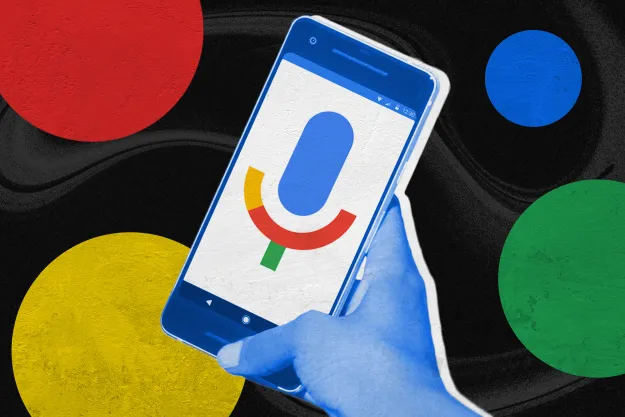After the Daily Show debacle, Google wants to prove that Glass has multiple, practical uses in the real world, and what better way to do so than by highlighting how respected businesses and medical professionals use the device every day?
New partner APX Labs is responsible for the business software currently available on Glass, which helps employees get real-time access to enterprise data whenever they need it. Meanwhile, CrowdOptic’s software can detect broadcast events from mobile devices, and then market relevant apps for several different industries. The third new partner, GuidiGo, sends Glass users information about the important sites they are seeing, while they are at a museum, on a trip, or some other type of cultural activity where a guide might be useful.
The last two partners focus almost exclusively on the medical applications of Glass. Wearable Intelligence offers Glass apps for use in the medical, energy, and manufacturing fields, while Augmedix strives to reconnect patients with their doctors, using Glass.

For six months, Augmedix has been testing Google Glass out with real doctors from Dignity Health’s Ventura Medical Clinic. The goal is to get doctors away from patient files on their computers and encourage them to interact more naturally with their patients. Three different doctors used Glass during 2,700 scheduled appointments with patients who agreed to the trial.
Right before the appointment, the doctors turn Glass on to receive updates about the patient who is coming. Then, once the patient arrives, they start recording the conversation. As the patient lists his or her symptoms and health history, Glass streams all the audio and visual information recorded by the device directly to the Augmedix platform. There, the data is entered into the correct blanks in the patient’s electronic medical record (EMR). So, instead of staring at a computer screen, typing, and saying, “mmhmm,” distractedly while the patient talks, the doctor can actually pay full attention and maintain eye contact with the patient.
Dignity Health says that the doctors who have been using Glass spend significantly less time entering patient data into the system. Based on the trial, Dignity found that the amount of time spent entering data decreased from 33 percent to just 9 percent and increased time spent directly with the patient from 35 percent to 70 percent. Clearly, automatic data entry with Glass speeds up that part of the process. Theoretically, the more time spent one on one with the patient, the better care the doctor can provide.
Naturally, this is just a trial run, so there are sure to be many skeptics who wonder if the majority of patients will really consent to having their most intimate medical details recorded and streamed over Glass for the sake of saving the doctors some time. Of course, Dignity set up an encrypted network for the data stream from Glass to the EMR and added lots of authentication barriers to prevent a potential breach of patient privacy.
It’s unclear what Glass’ future will be in any market, but so far, it seems to be doing well in the medical and business fields, if no where else. Dignity and its doctors seem enthusiastic about the controversial wearable in the video below.
Editors' Recommendations
- Google has a magical new way for you to control your Android phone
- The 4 biggest things Google didn’t announce at Google I/O 2024
- Everything announced at Google I/O 2024
- Google is making it easier for you to find and download Android apps
- A new Google Pixel Tablet is coming, but it’s not what you think

